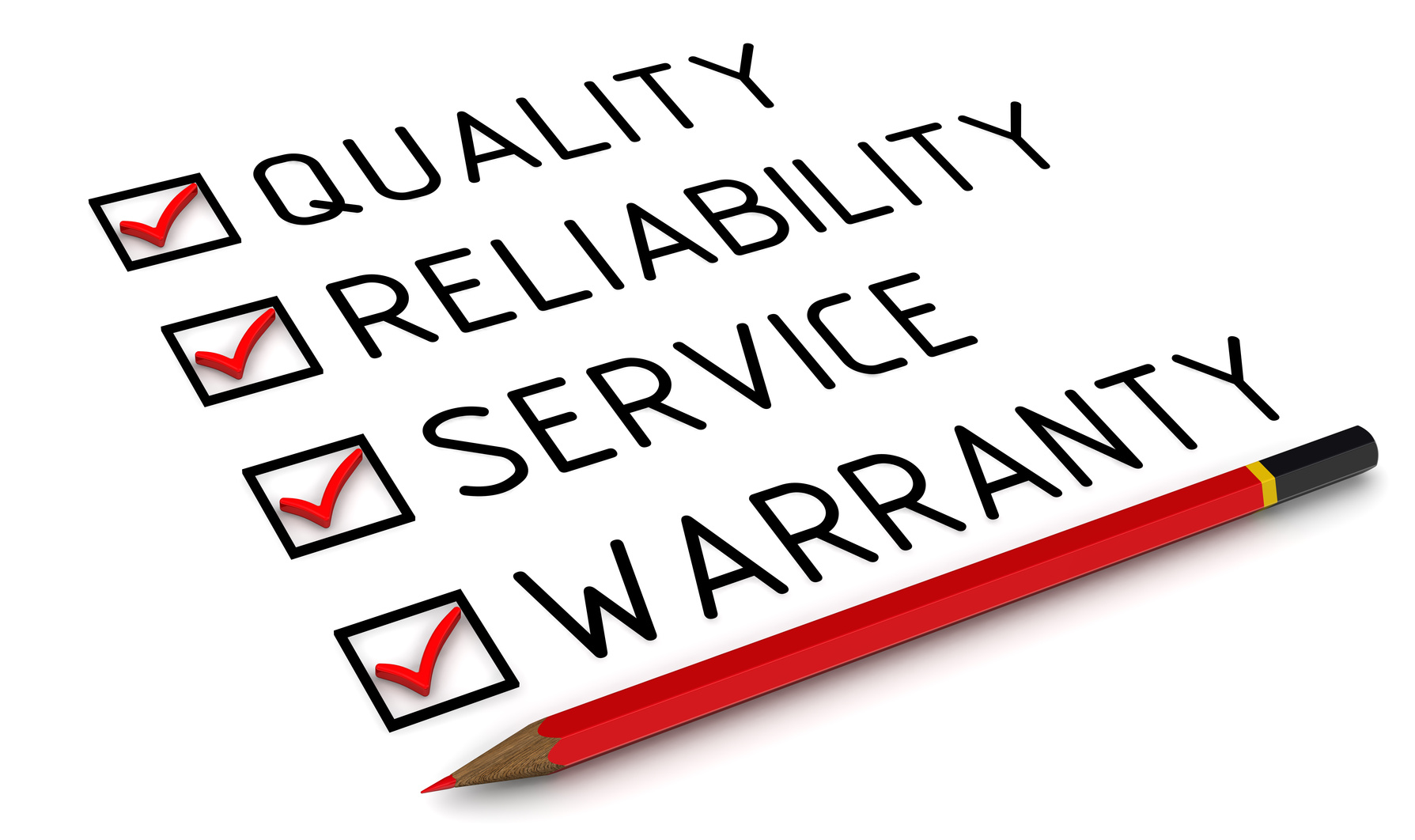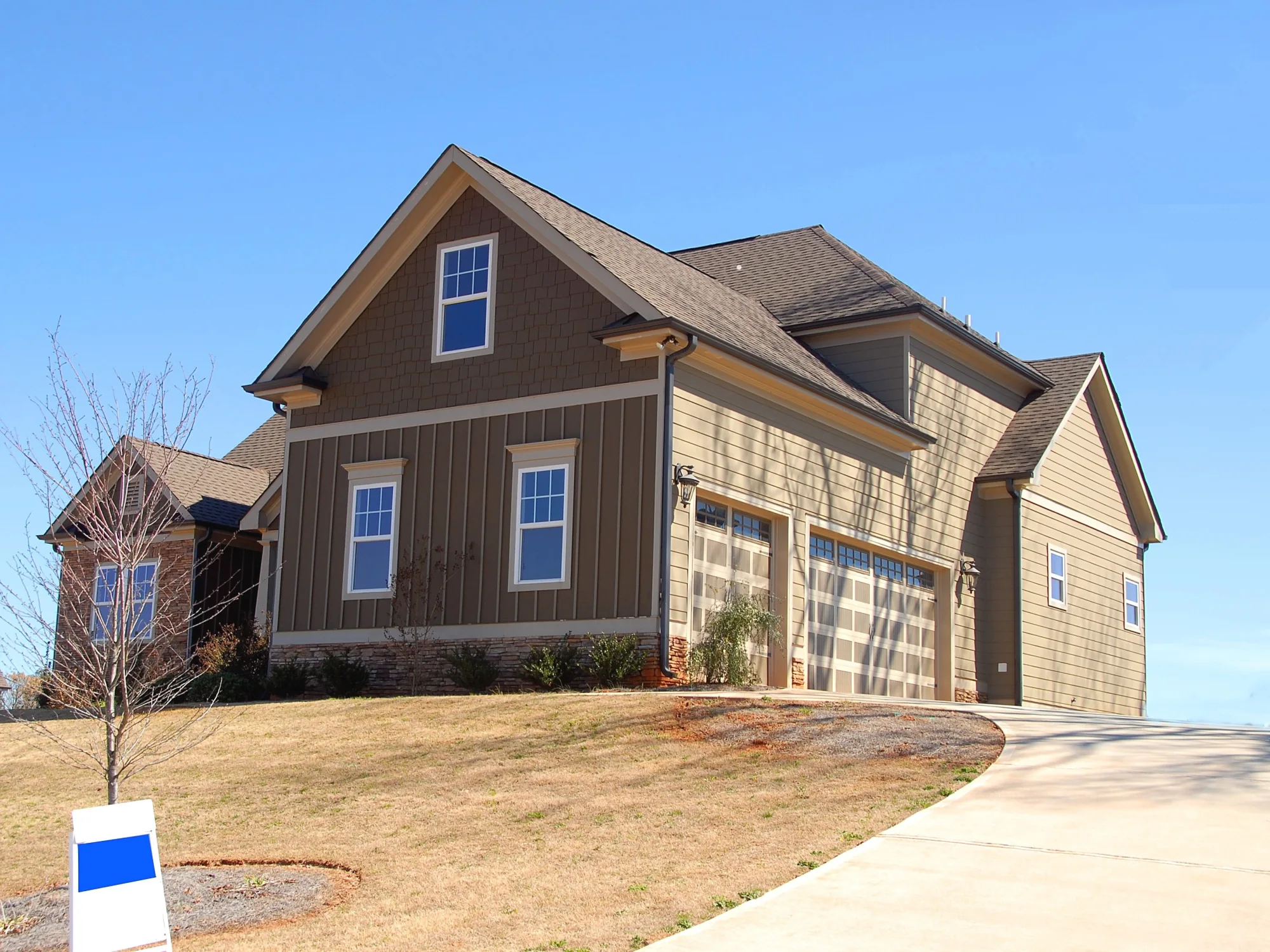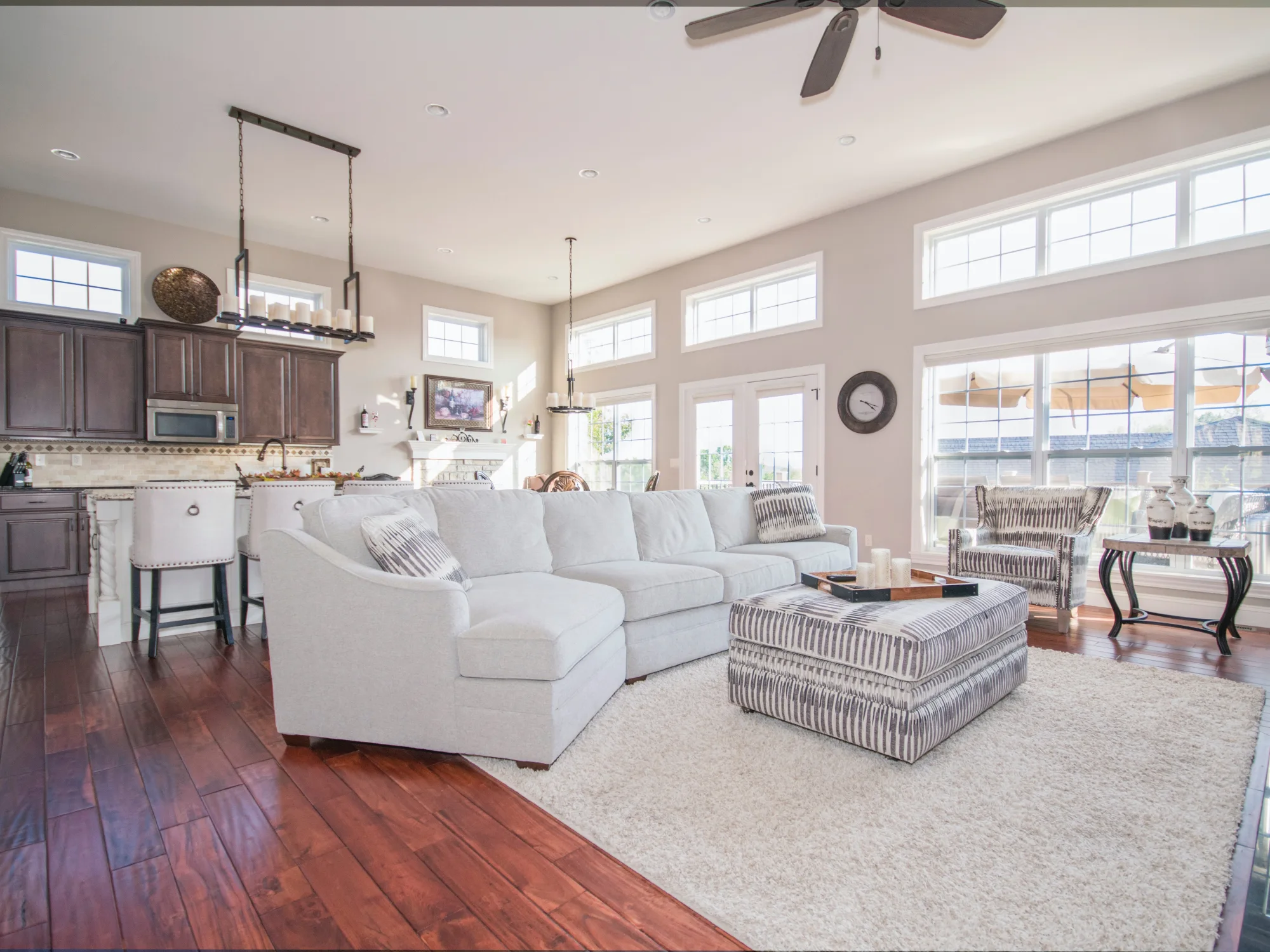Welcome back to part two of “What’s the Deal with Warranties?”! Have you noticed that I tend to try to keep all of our blogs right around 500 words? I do this intentionally, in part, because I love the industry that I am a part of and am very passionate about providing homeowners’ with knowledge… but I do not want to overdo it for ya’ in just one blog. I do my best to spread out my thoughts, information and ideas and I hope to keep you coming back to learn and get ideas. But real quick, I forgot to mention another crazy warranty fact in our last blog about warranties. Did you know that some manufacturers’ will void an entry doors warranty if the door is not placed under a porch and have an overhang with a minimum of three foot! Isn’t that crazy? Now let’s talk roofing! Let’s discuss some of the fine details that are very detailed within a roofing warranty and what exactly they cover and don’t cover.
There are two factors that come into play with a standard roofing warranty that homeowners’ need to understand. You have the manufacturer’s warranty, which is a product warranty, which ensures that the materials are free of defect. Then there is the roofing contractor’s workmanship warranty, which provides a peace of mind by ensuring that if there is any error due to improper installation that you, as a homeowner, will be warranted for the repair. Every player in the game delivers this big promise of a warranty against manufacturing inadequacies, but the actual coverage varies greatly depending on the brand and manufacturer.
Manufacturer warranties also vary depending on the type of shingle. Let’s talk builder’s grade shingles, also known as “Three Tab” or “Three-in-One Shingles”. Three-tab shingles start off with a 20 year warranty and work their way up to a 30-year limited warranty against manufacturing defects. On the other end of the spectrum dimensional shingles will carry a “lifetime” or “lifetime-limited” – warranty against manufacturing defects. The catch here is that “lifetime” usually refers to the original owner of the property when the shingles were installed, while the term “limited” refers to the manufactures warranty on flawed products.
When you are reviewing the language within the manufacturer warranty, look to see how long the proration period last. Many manufacturers are standard with their dimensional shingles stating that your roofing system is covered one hundred percent for the first 10 years before the proration of the system begins while others, with upgraded warranty options, are actually 50 years. And what that means is that your system and components are covered 100 percent if you were to file a warranty within the first 10 years and will then begin the decline after that for the next 40 years.
Guess what? We’re almost to 500 words! That means in our next blog discussing warranties we will discuss other key components within a roofing warranty such as tear off. Is it included if you were to file a claim? Does the warranty your receiving cover disposal fees? What about flashings’? These are all key components of a warranty that are crucial if a claim was ever filed and we will be sure to dig into this next time. But until next time my friends… keep improving!








